Recently, some users have reported errors while using the RT809H to read and write EMMC via flying wires. The causes of these errors are numerous and sensitive to external interference. We simulated various environments and conducted comprehensive tests using different computers. The test results are as follows:
1. Testing with a Laptop for VCCQ at 3.3V and 1.8V.
When testing with a laptop, we also conducted tests in both isolated transformer environments and non-isolated transformer environments.
With an isolated transformer: Reading and writing were smooth at both VCCQ of 3.3V and 1.8V;
Without an isolated transformer: External interference (such as unplugging the charger or turning on the fan) during reading and writing would stop the process. When reading and writing at VCCQ of 1.8V, there were errors in 2-3 out of 10 attempts. In this case, we implemented a solution by connecting a 1uF high-frequency capacitor between the VCC and GND terminals of the programmer, which mitigated the impact of frequent external interference.
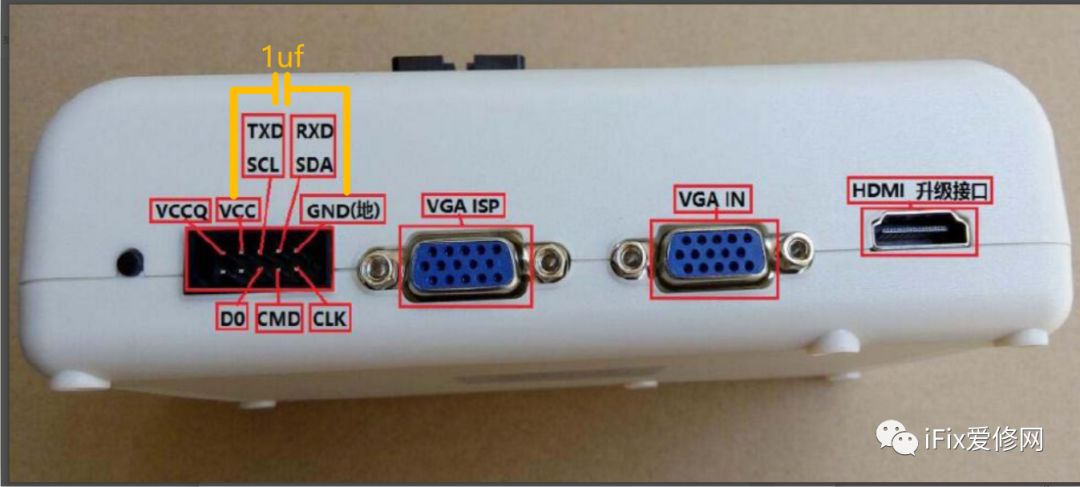
2. Testing with a Desktop Computer
Regardless of whether an isolated transformer is used or not, desktop computers are prone to errors. After repeated tests, we identified two main causes of errors:
1. Poor USB cable quality. The USB cable that comes with the 809H is a custom cable, with the ground wire shorted to the shielding wire.
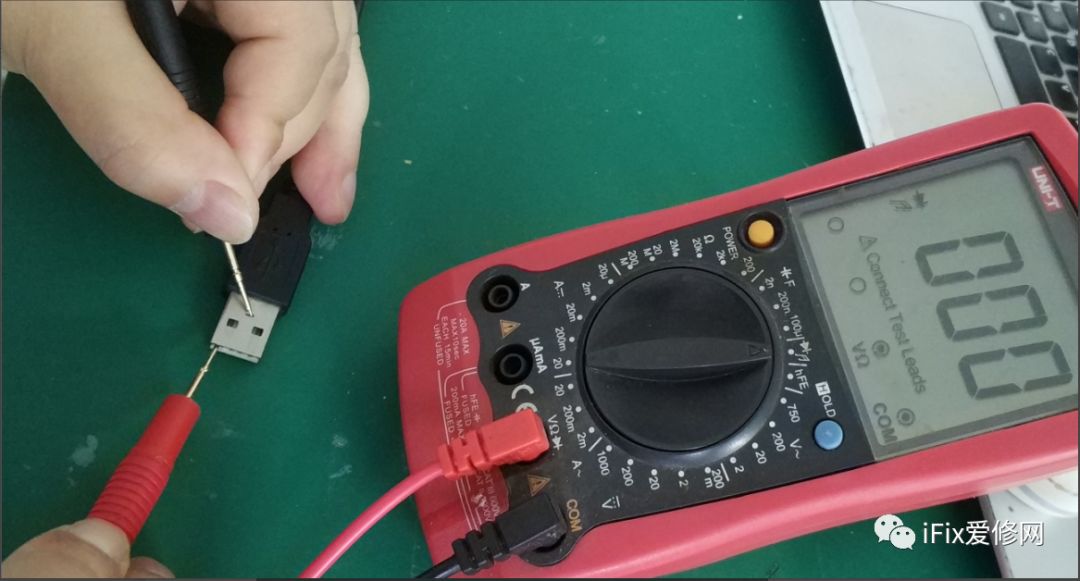
(Normal state)
Using the dedicated 809H cable results in a lower error rate, while using an unknown USB cable significantly increases the error rate.
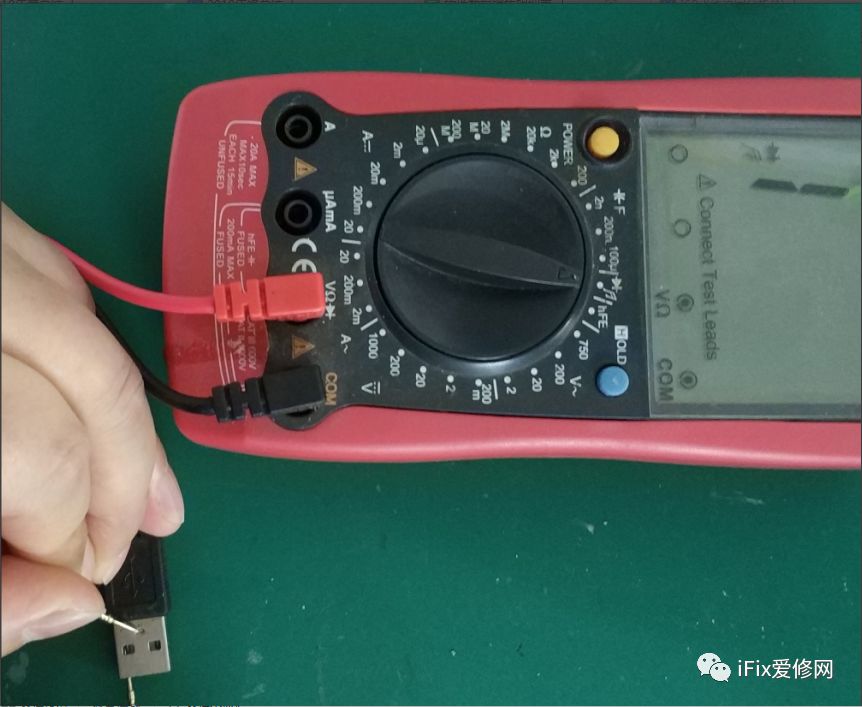
(In non-normal state, the resistance is infinite or the loop voltage drop is tens to hundreds)
2. Power supply influence.
Since flying wire setups mostly use the local power supply, we will skip evaluations of newer power supplies. The results indicate that some motherboards have a high error rate when using the local power supply, with 5-6 errors in 10 tests. In contrast, using an external professional power supply resulted in zero errors across 10 tests.
None of the external power supplies tested utilized PFC circuitry, and we cannot confirm whether the interference is caused by the PFC power supply itself. Users are encouraged to conduct their own tests. The external power supplies we used included commonly used mobile phone industry power supplies and high-quality adapters, as shown in the images below.
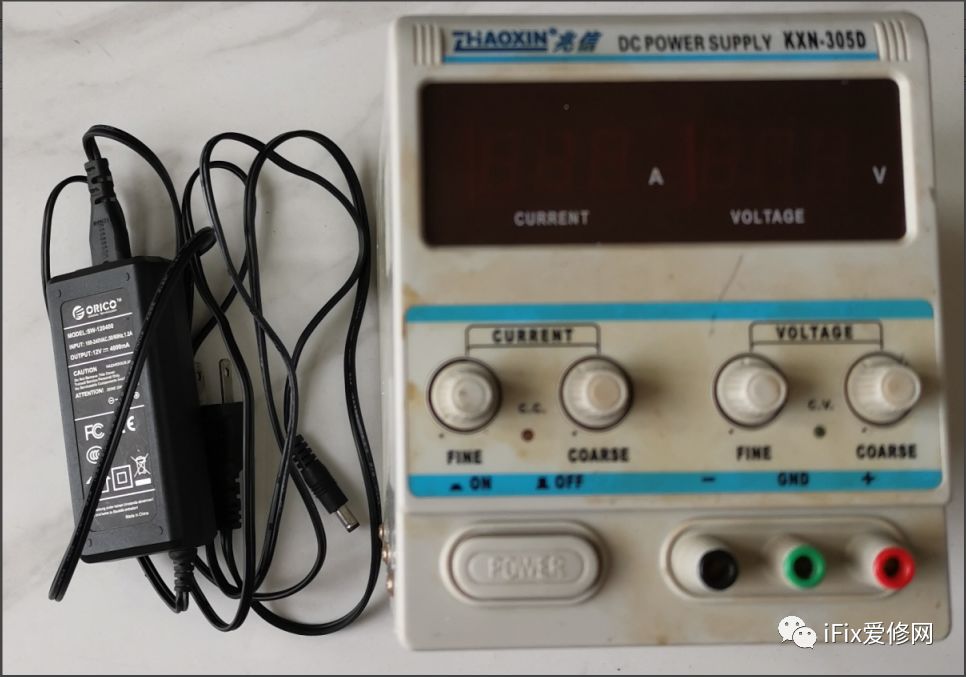
(The adapter is specialized for hard disk copy machines, and the adjustable power supply is commonly used in the mobile phone industry)
Conclusion: To ensure the reliability of flying wire read and write operations, we have prepared a complete solution.
1. Please use an isolated transformer (for your own safety);
2. A reliable external power supply;
3. Update to version 20191225 or later;
4. Connect a 1uF high-frequency capacitor between the VCC pin and ground on the programmer’s ribbon cable.
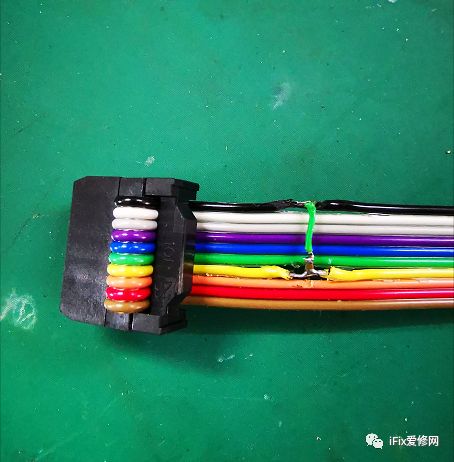
“Elite Program” has limited spots available,
Interested students should act quickly, first come, first served!

Contact for Registration
Domestic
Phone: 020-28667686 (Mr. Pan)
WeChat: RDDZ2017

Online Courses Available Anytime
Learn Easily Anywhere














